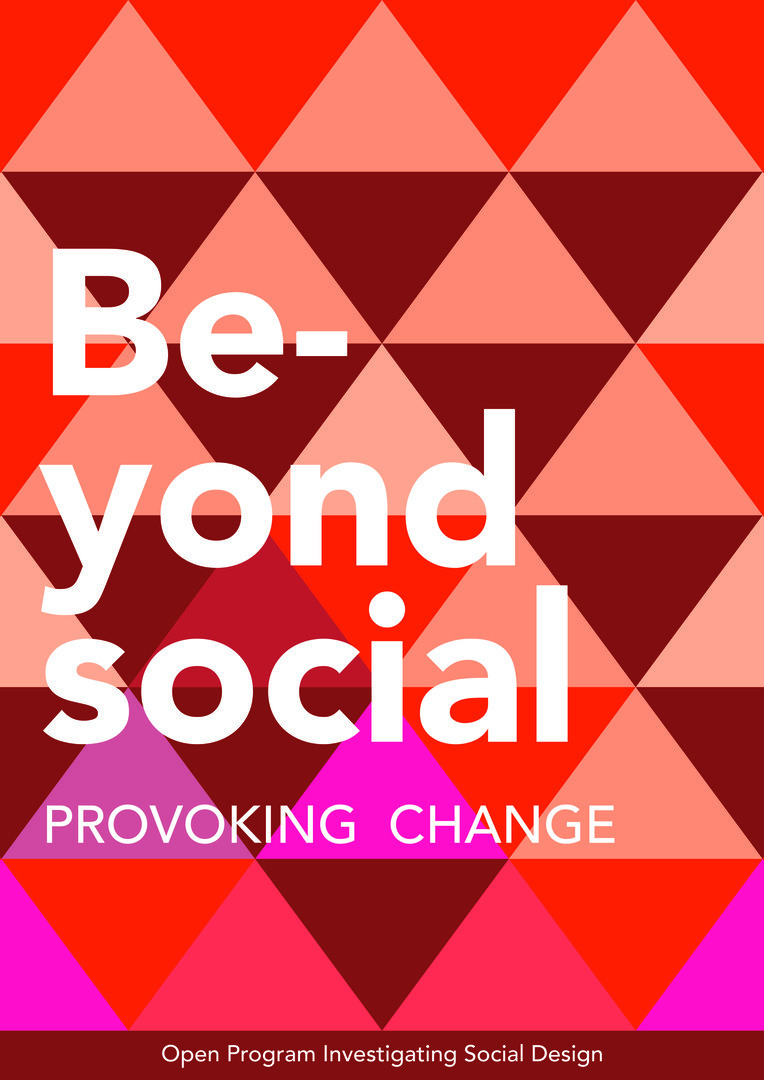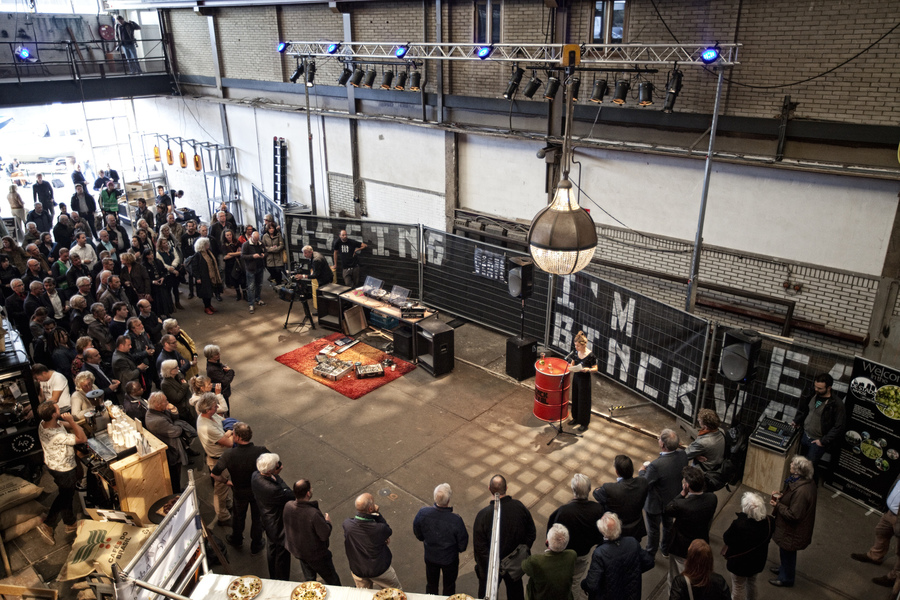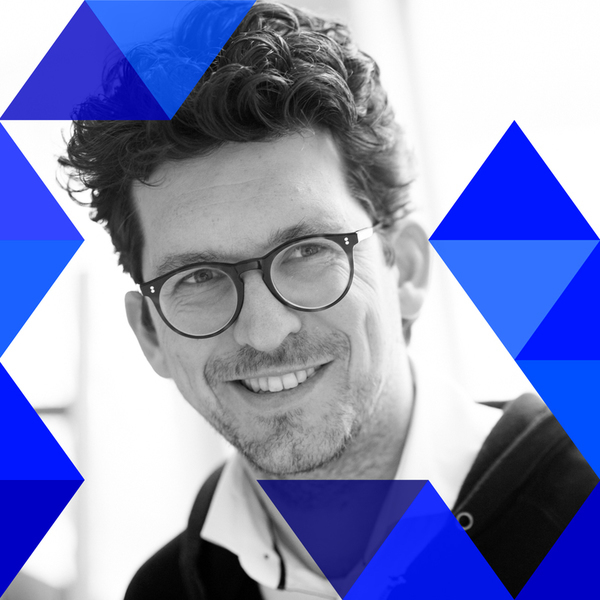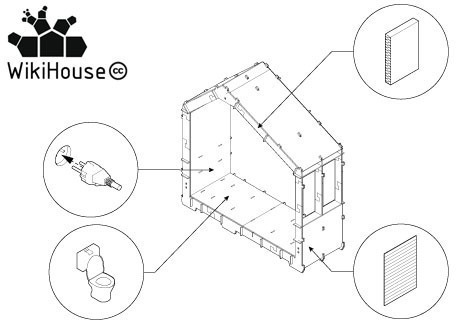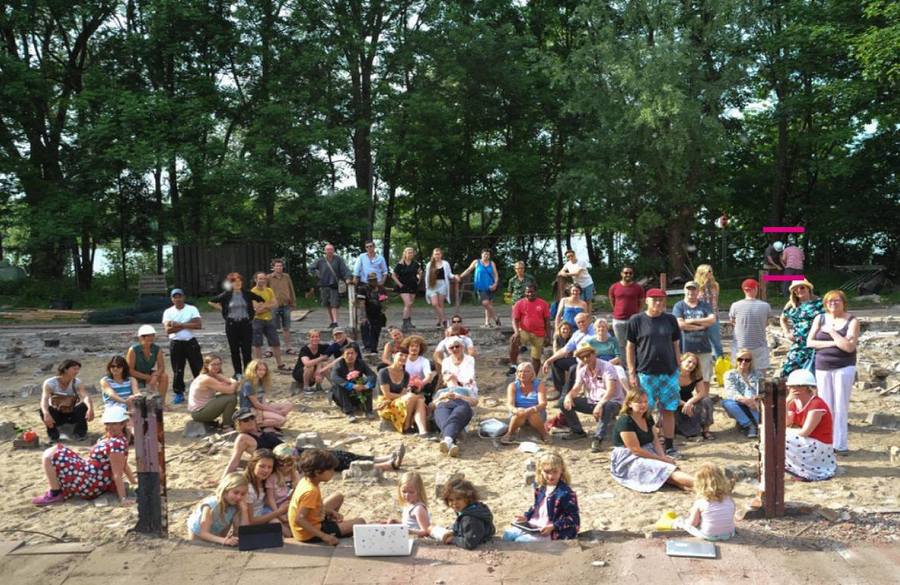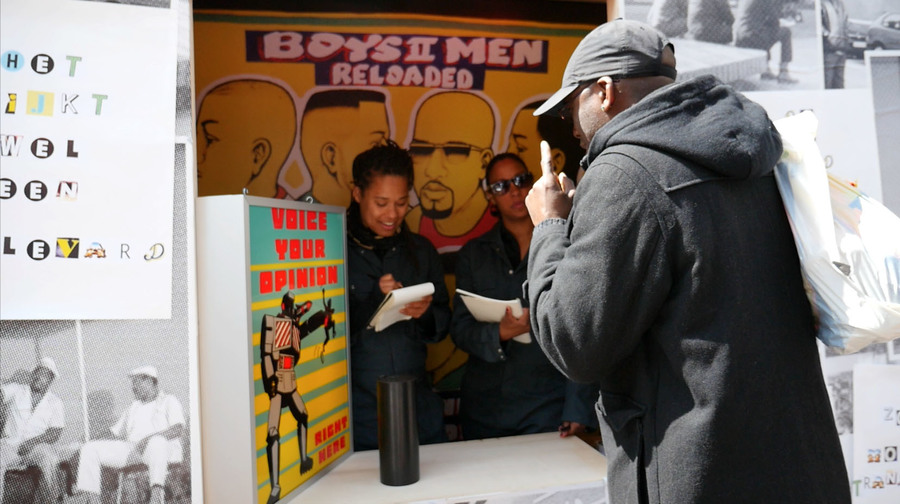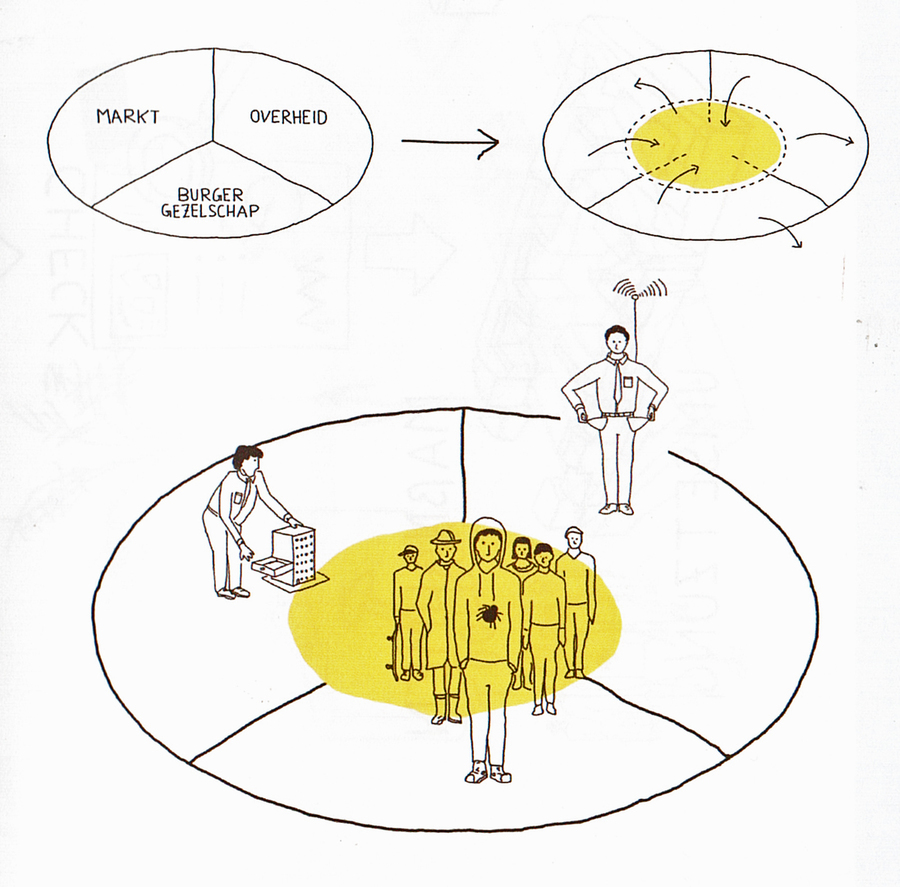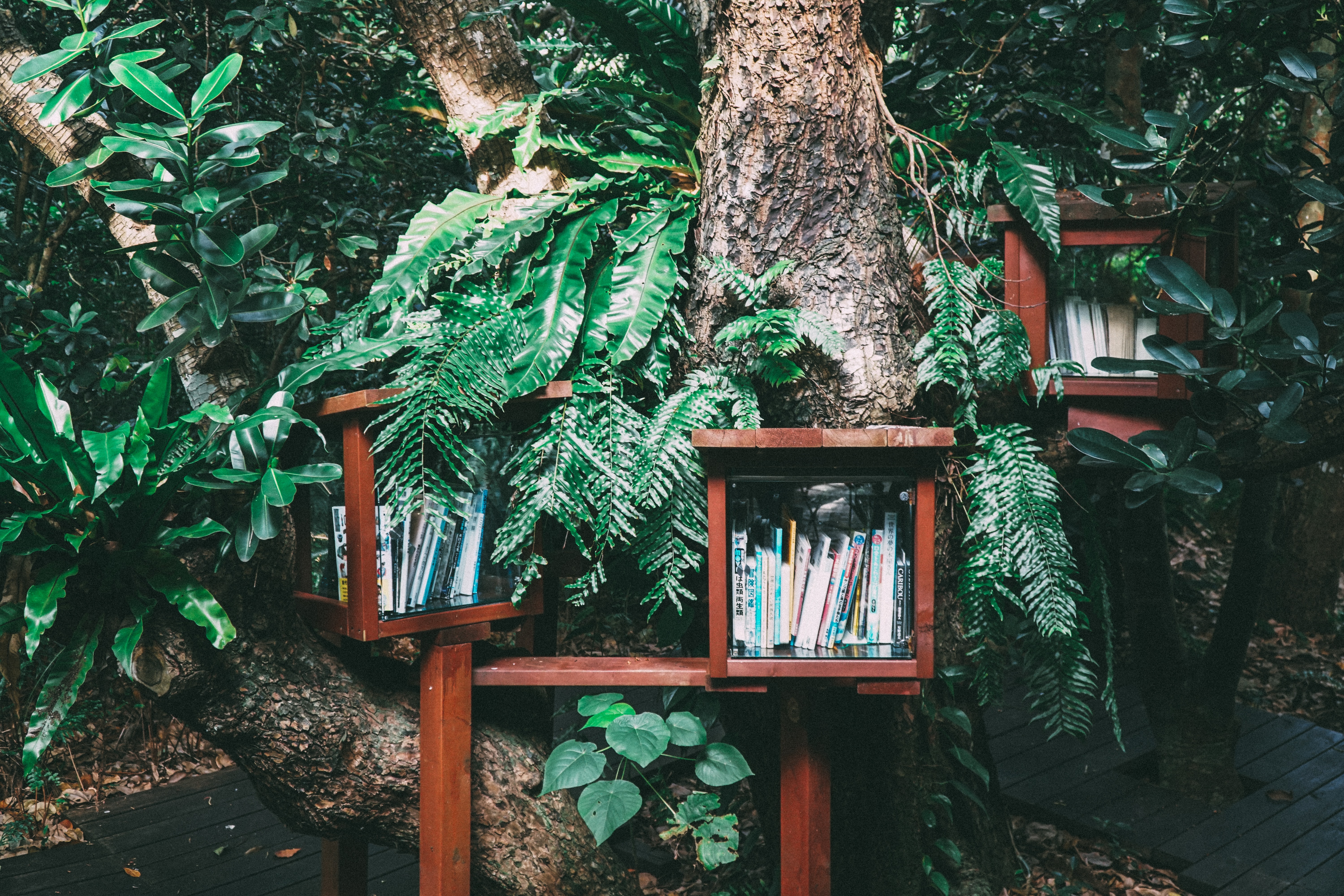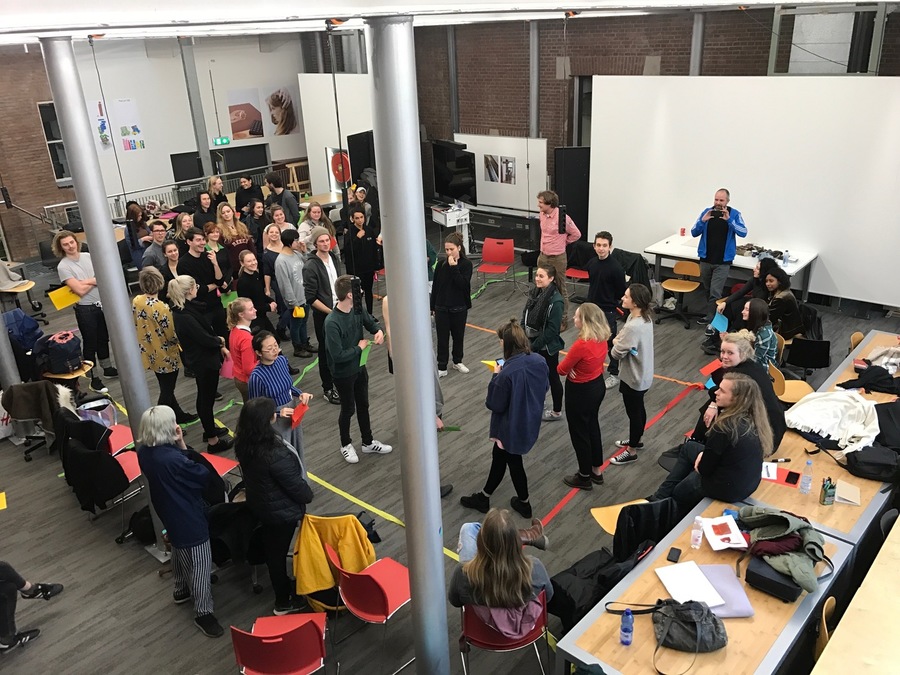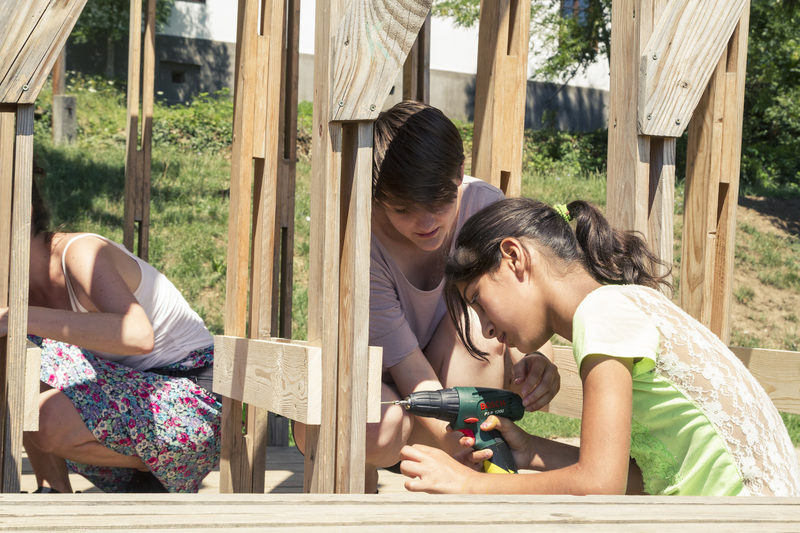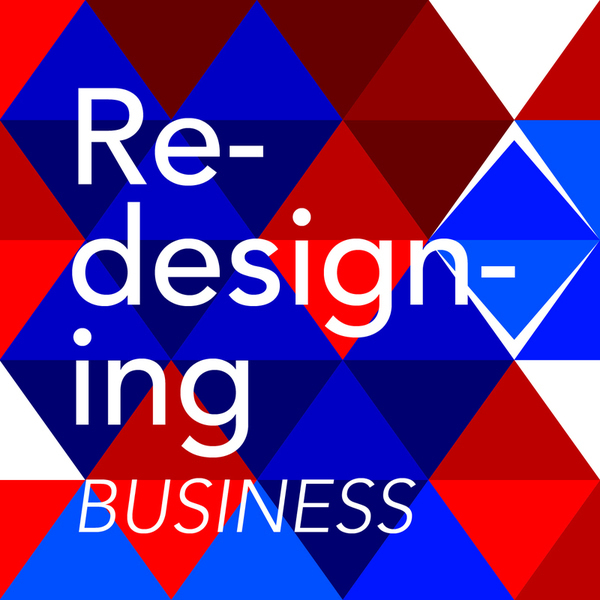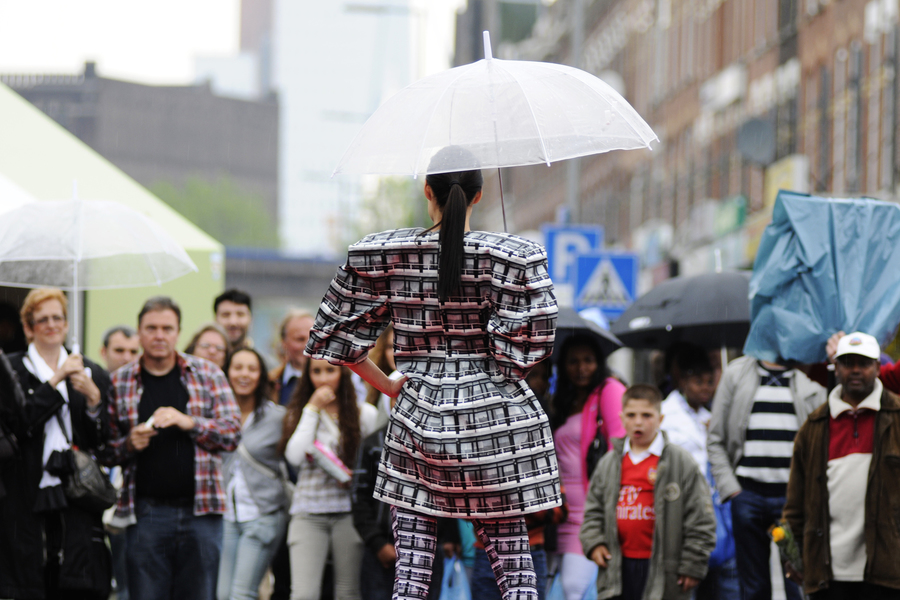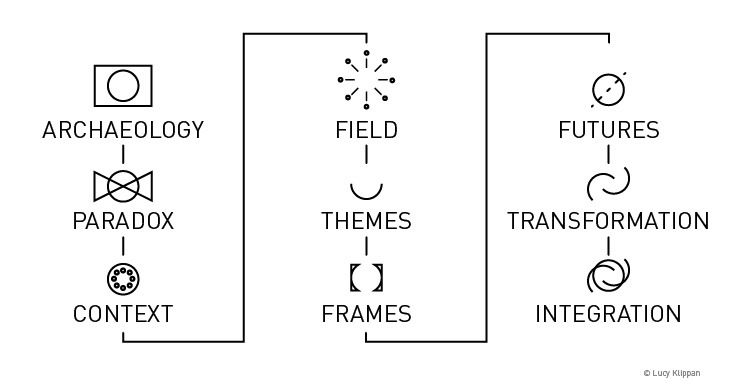Difference between revisions of "Provoking Change"
m (15 revisions imported: import from temporary local wiki) |
m |
||
| (15 intermediate revisions by 3 users not shown) | |||
| Line 1: | Line 1: | ||
| + | {{Editor selection | ||
| + | |Editor=Iris Schutten | ||
| + | }} | ||
| + | {{Editor selection | ||
| + | |Editor=Remko | ||
| + | }} | ||
{{Editorial | {{Editorial | ||
| − | + | |Image=Provokingchange.jpg | |
| − | |||
| − | |Image= | ||
|Intro='''OPEN CALL''' | |Intro='''OPEN CALL''' | ||
This issue of Beyond Social discusses different strategies of change in relation to current social issues. You are cordially invited to, from a designer perspective, compare your own practice with current innovations and theories in the field of social design and to address questions of change: what are our thoughts on how to bring about change as a designer or artist? | This issue of Beyond Social discusses different strategies of change in relation to current social issues. You are cordially invited to, from a designer perspective, compare your own practice with current innovations and theories in the field of social design and to address questions of change: what are our thoughts on how to bring about change as a designer or artist? | ||
| − | As a social | + | As a social designer, we hope to make meaningful changes to the people and the environment for whom we are designing. There are different perspectives on how to initiate this change. According to Pascal Gielen (2011), some of these changes focus more on working with the power structures and trying to make a difference within the boundaries of the 'System World'. Others try to make a stance against the current power structures (Gielen, 2011). |
| − | How do we ensure that the commons truly | + | How do we ensure that the commons truly benefit from the changes we bring about, as opposed to the institutions? How do we cope with repressive liberalism, which is embodied in things like “Corporate Social Responsibility” and “Sustainability”? In other words, do we try to challenge system standards from the inside, do we pose an alternative system or do we take a radical position against the current system? |
| + | |||
| + | Feel free to contribute by adding an article on Beyond Social! | ||
| + | |Editor 1=Iris Schutten | ||
| + | |Editor 2=Remko | ||
| + | }} | ||
| + | {{Article Selection | ||
| + | |Article=Before and After | ||
| + | |Notes=To provoke change can be difficult as a placemaker. After each project you’ve finished you tend to look back and ask yourself; did it matter, did people understand the meaning of the project, did they see the value of the project and also important could I ‘capitalize’ that value, or knowledge, which isn’t always to be measured in ‘hard cash’? | ||
| + | }} | ||
| + | {{Article Selection | ||
| + | |Article=Social Design for Change | ||
| + | |Notes=Social designers seek to bring about systemic change, but how often does their work actually succeed in changing the workflow and mindset of corporations or public institutions? | ||
| + | }} | ||
| + | {{Article Selection | ||
| + | |Article=Artists and designers are redesigning business | ||
| + | |Notes=An increasing number of designers see the formulation of a business model as a design challenge in itself. As a result of the financial crisis and ongoing social transitions, old certainties have become fluid and new business models are emerging: business models in which the basis of multiple value creation is provided by new and existing cash flows, local entrepreneurship, social capital, open networks, energy transition and new technologies. An increasing number of designers and artists play an important role in the development of these new business models. | ||
| + | }} | ||
| + | {{Article Selection | ||
| + | |Article=Buitenplaats Brienenoord Lecture | ||
| + | |Notes=Speak the language. Speak the language of different social groups, the language of the business world, the language of government. The language of the art world. | ||
| − | + | If you do not speak the language of the person in front of you, you start with a disadvantage. And in social art, the person in front of you can be anybody. | |
| + | }} | ||
| + | {{Article Selection | ||
| + | |Article=Creating a more inclusive experience of space in general and urban space in specific | ||
| + | |Notes=The reason I selected this article is that Afaina's essay is entered around one of the important issues affecting social designers: public space and spatial inequality and hierarchies. As she writes, "this slow death of public space is a contributing factor in the growth of non-inclusive cities that lack social coherence and actual participation." It is essential that we think about this and actively fight for a more inclusive public space. | ||
| + | }} | ||
| + | {{Article Selection | ||
| + | |Article=THERE IS POTENTIAL. ACTIVATE CHANGE | ||
| + | |Notes=An essay about provoking change with social design discussed in the topic of sustainability. It features an analysis of why a sustainable future is needed, where the problems come from and examples of projects aimed at creating one. | ||
| + | }} | ||
| + | {{Article Selection | ||
| + | |Article=Self organisation in urban commons networks | ||
| + | |Notes=“In the neighborhood of Delfshaven you'll find a social foundation under every street tile” according to Minister of Social Affairs Hugo de Jonge in his period as alderman in the city of Rotterdam. The area with 75.000 inhabitants is in terms of the neighborhood index (income, safety , etc) comparable to some the worst performing neighborhoods in the south of Rotterdam but with one major difference: It is -even compared to other national and European examples- exeptionally rich in citizens initiatives. The hell is going on there in the west of Rotterdam? And what role do social designers play in these networks? | ||
}} | }} | ||
{{Editorials more}} | {{Editorials more}} | ||
{{#default_form:Editorial}} | {{#default_form:Editorial}} | ||
Latest revision as of 21:17, 4 July 2018
Introduction
OPEN CALL
This issue of Beyond Social discusses different strategies of change in relation to current social issues. You are cordially invited to, from a designer perspective, compare your own practice with current innovations and theories in the field of social design and to address questions of change: what are our thoughts on how to bring about change as a designer or artist?
As a social designer, we hope to make meaningful changes to the people and the environment for whom we are designing. There are different perspectives on how to initiate this change. According to Pascal Gielen (2011), some of these changes focus more on working with the power structures and trying to make a difference within the boundaries of the 'System World'. Others try to make a stance against the current power structures (Gielen, 2011).
How do we ensure that the commons truly benefit from the changes we bring about, as opposed to the institutions? How do we cope with repressive liberalism, which is embodied in things like “Corporate Social Responsibility” and “Sustainability”? In other words, do we try to challenge system standards from the inside, do we pose an alternative system or do we take a radical position against the current system?
Feel free to contribute by adding an article on Beyond Social!
Selected articles
23 October 2018 19:47:29 by Rümeysa Önal
30 October 2018 19:40:48 by Rümeysa Önal
23 October 2018 19:28:43 by Rümeysa Önal
23 November 2017 21:08:40 by Iris Schutten
Speak the language. Speak the language of different social groups, the language of the business world, the language of government. The language of the art world.
If you do not speak the language of the person in front of you, you start with a disadvantage. And in social art, the person in front of you can be anybody.
22 October 2018 19:32:23 by Rümeysa Önal
24 January 2018 10:39:36 by A v ns
4 July 2018 20:15:31 by Iris Schutten
